7 Common Causes Of Breast Pain You Should Know

In this article, we’ll discuss some common causes of breast pain.
Overview
Breast pain is a very common occurrence, especially in the female population. Approximately 70% of women worldwide, or every 1 out of 3 women report a case.
Also known as “mastalgia”, the severity of breast pain can range from mild to extreme. It includes tenderness of breasts, a stingy burning pain, or tightness in the breast tissues.
Breast pain becomes a lot less frequent after menopause, but constant pain should be checked. Premenopausal women suffer from mastalgia occasionally or under rare circumstances, continuously.
The causes of breast pain range from menstrual reasons to cysts, medications, and many more. To make this distinction easier, breast pain has been divided into two broad categories – cyclic and noncyclic.
Symptoms Of Breast Pain
With distinct characteristics under both categories, these symptoms make it easier to classify the kind of breast pain.
1. Cyclic Breast Pain
Cyclic breast pain makes it completely evident that it is related to the menstrual cycle. It usually occurs a few weeks before menstruation starts but subsides after the cycle. Since it is related to periods, it can only be seen in premenopausal women, or women who have almost reached menopause.
Cyclical mastalgia might cause a certain amount of lumpiness and swelling in both the breasts and also give the feeling of a dull, heavy ache. It originates around the upper and outer sections of the breast and can spread out to near the underarm.
2. Noncyclic Breast Pain
Noncyclical breast pain comes unrelated to a period cycle and thus is more common in postmenopausal women. It usually affects a localized area in one breast and might diffuse to the other areas later.
This kind of breast pain might be irregular or constant and make the affected breast feel sore or tight. It can even give a burning sensation.
Causes Of Breast Pain
Now that we have discussed the symptoms of the two kinds of mastalgia, mentioned below are some of the most common causes.
Since premenopausal women are usually affected by cyclical breast pain, it is more common for the underlying causes to be related to hormonal or fibrocystic changes or a fatty acid imbalance. However, other reasons cannot completely be ruled out.
Noncyclical reasons can include everything from extramammary concerns to support issues.
1. Hormonal Instability
Hormonal instability and breast pain have been found to have a strong interconnection. Menstruation causes the two hormones – estrogen and progesterone – levels to fluctuate in the body. These alterations often lead to breast pain.
Since women experience a heightened sensitivity to these hormones with age, it can indirectly cause more pain as they get older. Usually, when this is the cause, the pain can get worse 2 to 3 days before the cycle begins and subside after the cycle. This cyclical pain also diminishes after menopause.
Here are certain situations under which pain due to hormonal changes is possible:
- Onset of puberty
- Monthly menstruation (including PMS)
- Early pregnancy (first trimester)
- Menopause
Also Read: Can You Drink Alcohol During Menopause?
To determine if this is the underlying cause, a diary can be maintained of all the times breast pain was caused right before the onset of periods.
Treatment suggestions:
- Avoid caffeine
- Reduce fats and salt in the diet
- Eliminate smoking
- Medicines like pain relievers, hormonal pills, or birth control pills (Yasmin pill or Lo Ovral, for example)
Also Read: Simple Tips For Better Health
2. Fibrocystic Alterations
With age, the breast tissue starts getting replaced by more and more fat. This process is called involution and though usually harmless, it might lead to the growth of a cyst and fibrous tissue.
The lumpiness can increase around a period cycle.
These cysts are filled with fluids which can be drawn out if the symptoms seem extreme. Though the lumps are not cancerous, it is advised to still get them checked. Fibrocystic tissues are no cause for concern and do not require treatment unless the severity increases manifold.
3. Fatty Acid Imbalance
An unhealthy diet high in fat content can cause this imbalance. These acids are usually found in animal and vegetable oils. A higher concentration of these can increase breast sensitivity to hormones thus causing pain.
To minimize breast pain caused by fatty acids, practice the intake of a healthy diet with lesser fats and higher carbs. Some doctors even suggest evening primrose oil for treating this condition.
4. Medications
Certain medications can cause breast pain as a side-effect. Consult a doctor before eliminating or adding any medication to your daily routine and if possible, try to find alternatives.
Some medicines that can induce breast pain include:
- Oral contraceptives
- Hormonal medications
- Antidepressants (especially selective serotonin reuptake inhibitors or SSRI)
- Cardiovascular medications
- Diuretics (increase urination, treat high blood pressure, kidney, and heart issues)
5. Extramammary Issues
Just as the name suggests, this pain originates from outside the breast even though it may seem like it is originating from the breast. Usually, the reason for this pain is tension in the pectoralis major muscle, the muscle surrounding the breasts.
Other sources of this pain include the arms and back muscles. Often caused due to activities like raking, lifting, water skiing, and so on, this can be treated with an appropriate amount of rest. If the condition seems severe, the doctor might prescribe nonsteroidal anti-inflammatory medications or even cortisone injections.
6. Breastfeeding
There are certain circumstances under which breastfeeding can lead to mastalgia. These include:
6.1. Mastitis
Mastitis is an infection of the milk ducts, caused due to their clogging. Usually only breastfeeding women suffer from this, but it is not completely uncommon in other women as well.
This infection can cause the nipples to burn, blister, itch, or crack, and the breasts might swell and show red streaks. This is usually treated with antibiotics and probiotics that reduce the bacteria and thus help with curbing the infection
6.2. Engorgement
This can occur when the breasts become too full of milk. It can cause pain, tension, and enlargement of the breasts. The only way to relieve this is by drawing the excess milk out by pumping or breastfeeding.
6.3. Incorrect latch
If the baby is latching to your nipple incorrectly, it can lead to sore and cracked nipples, thus causing pain. Many lactation experts provide information on how to breastfeed properly. You can also contact the hospital you birthed the child in.
7. Others
There can be several other reasons for your breast pain.
- Size of the breasts
- Ill-fitting bras
- Breast surgery
- Injury to the breast
- Breast cancer (very rare)
Breast Pain Causes: Conclusion
The time before you figure out the true reason behind the breast pain can be daunting. Until then, here were some self-care tips that can help manage the pain.
- Apply hot or cold compresses
- Journal the symptoms for figuring out if the pain is cyclic or noncyclic
- Consume a healthy diet and maintain a healthy weight
- Wear a full support sports bra while exercising, during your daily tasks, and if possible also while sleeping
- Try relaxation techniques
If the pain does not subside for weeks, do not hesitate to consult a doctor, especially if it lasts through more than two menstrual cycles. Too much pain after menopause should also be checked. Though pain is a rare symptom of cancer, it is not uncommon.
In any case, always check with a doctor before jumping to conclusions and making any drastic changes to your lifestyle.
December 5, 2020 Sam Bell




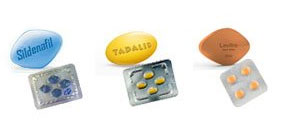

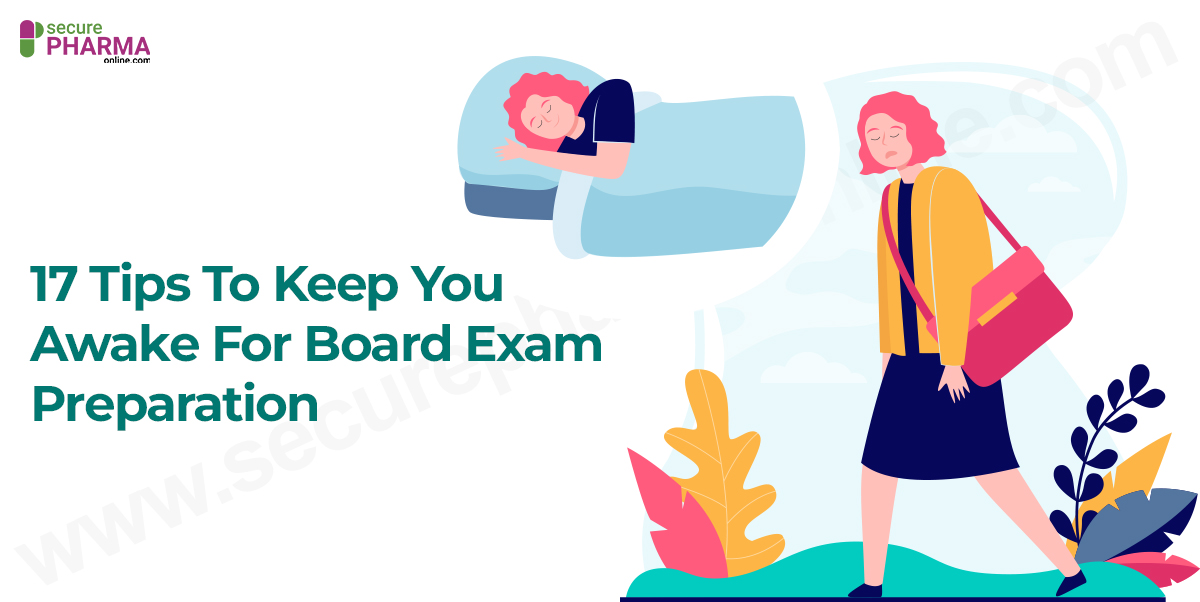
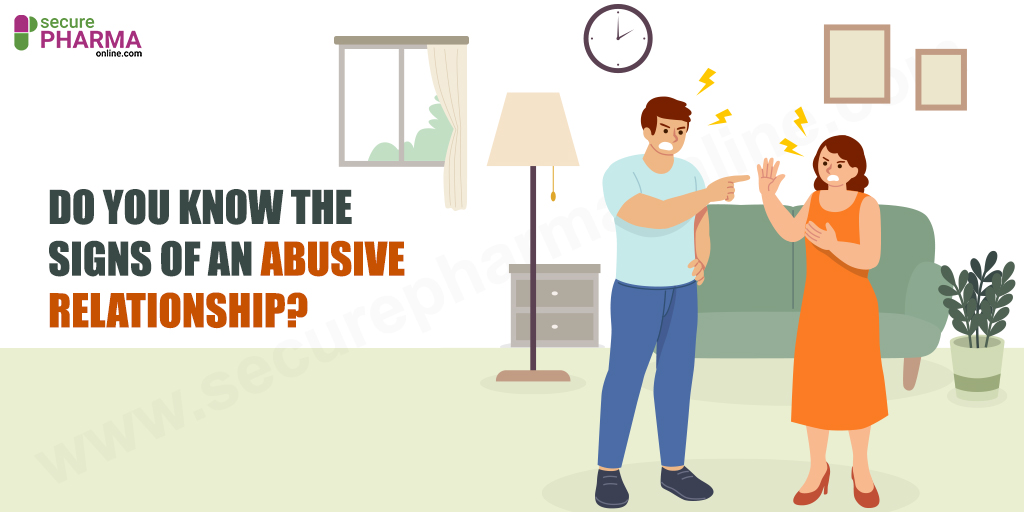

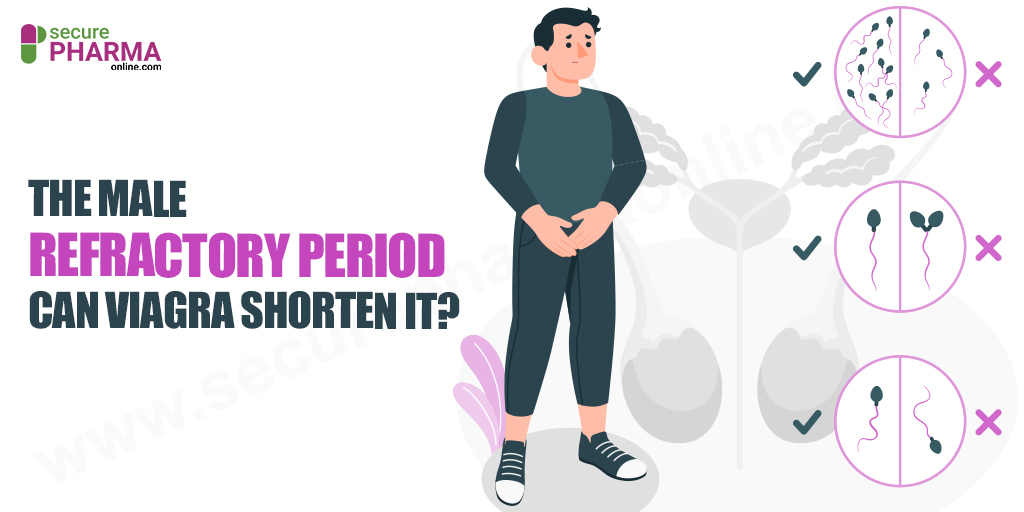
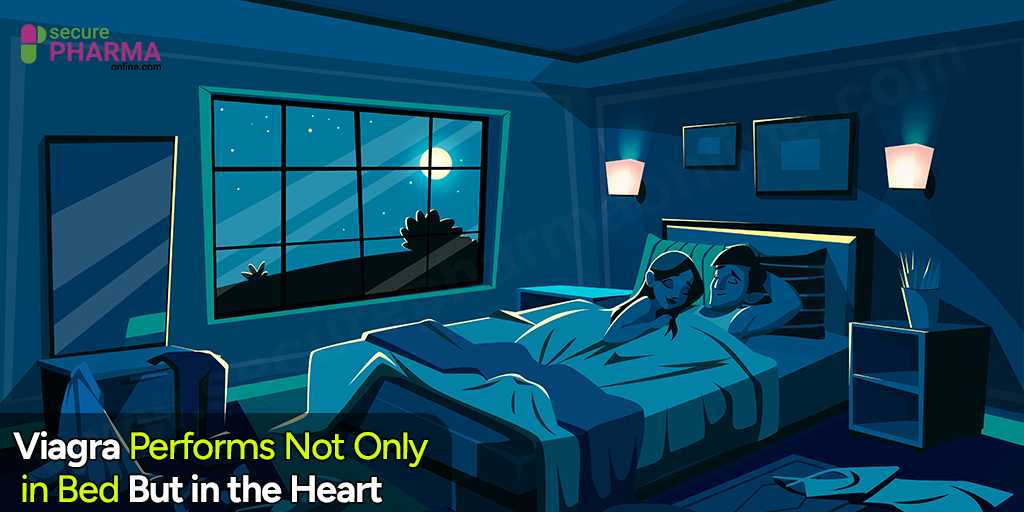
Comments